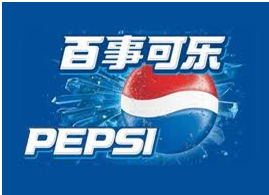Translating Nouns
Have you ever worked on a file where you suddenly became confused about whether or not to translate a noun? Most of the time the confusion happens when an approved translation in your glossary or reference shows that a name of a company, -which is essentially a proper noun, is translated from, say, Chinese to English or the other way around. The normal practice in translating nouns is to retain the noun when it is a Proper Noun, like a name of a company, brand or a person. However, when there is an existing international version of the proper noun, like a name of a country, the translators should follow the existing version. Sometimes though, translators encounter being the first “eye” or person who should decide whether to translate a particular proper noun and without any precedent, it can be a daunting task, added to the fact that some companies also insist on translating names according to phonetics.
For example, the brand name Pepsi Cola, doesn’t mean anything in English, it is just a name of a brand. However, in China the brand is translated to 百事可乐 or Bǎishìkělè in pinyin which means “everything is happy” and yet it’s still phonetically close enough to Pep-si-Co-la to be a direct transliteration of the brand to Chinese.
 |
Normally a Chinese brand will be translated to English, for business purposes and when the reader specially is not familiar with the Chinese characters. When this happens, it is advised to translate the Chinese name to the closest phonetic equivalent. For example: 新華社 which, if read in pinyin, is Xinhua |
If you translate that to English, it means “New China” but since this is a brand name and we don’t want to confuse the people, especially the Chinese-speaking audience, we follow the pinyin writing instead of translating it to what it means exactly.
Therefore, the first key to remember in translating nouns is to identify who the end reader is, and what the document’s purpose is. The end reader may be speaking English, but if the letter will be addressed to a person speaking Chinese, then your translations should adjust accordingly.
Second, make sure you do your research. Know what is normal for the end reader; if certain proper nouns are understood in English or in the language you are translating to.
Lastly, do not forget to clarify these with the client. Each client has his or her own preferences as well as trademark issues, which may cause a lot of trouble if you are to decide on the translation on your own.
I hope this article helped good luck with your translations!
